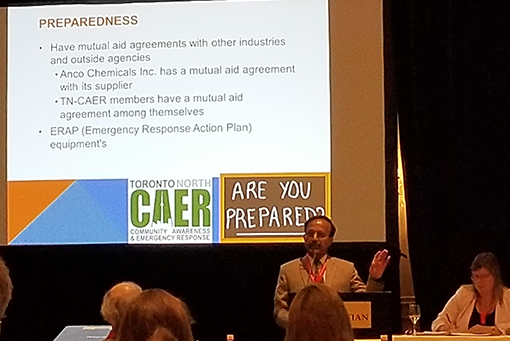
Lisa Bolton of Sherrard Kuzz LLP made a presentation on cannabis in the workplace. Health Canada says that “Using cannabis or cannabis products can impair your concentration, ability to think and make decisions, reaction time and coordination. This can affect motor skills, including ability to drive. It can increase anxiety and cause panic attacks, paranoia and hallucinations.These effects can last 24 hours (or more).
Lisa described the 3 types of impairment: acute, residual and withdrawal. Acute impairment includes: perceptual changes, time distortion, euphoria-“high”, relaxed- “numb”, cognitive changes-memory and learning, attention and reaction time. Residual impairment includes: fatigue, comprehension issues, unclear mind, attention and reaction time. Withdrawal includes: anger, irritability, insomnia, nightmares, anxiety, anorexia and general malaise.
Lisa outlined the why employers should develop and implement a drug & alcohol policy including: providing a safe, productive workplace, controlling workplace activity, communicating standards of conduct, promoting consistent manager response and ensuring all employees are treated fairly and with respect. The scope of drug & alcohol policy should include all sources of intoxicating substances including alcohol, prescription & over-the counter drugs, cannabis (and related products) and Illegal drugs. Components of a drug policy include: detecting use, intoxication and response..




